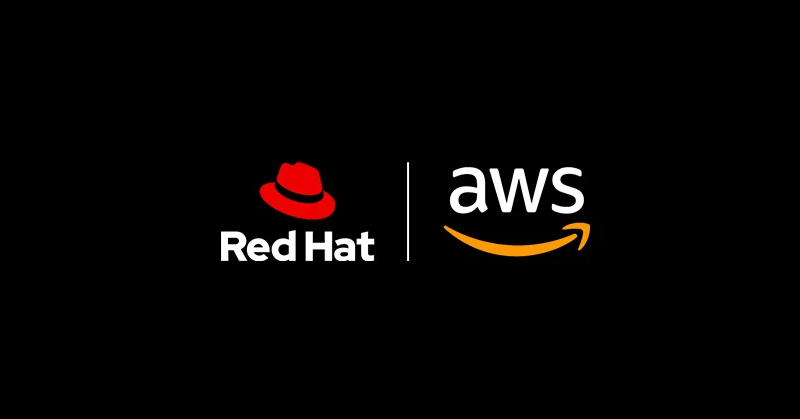Introduction Back in May of 2020, Red Hat and Amazon Web Services announced a jointly supported, fully managed Red Hat OpenShift offering that is natively integrated into AWS. Since the announcement in November of 2020, customers had the opportunity to get their hands on the preview version of Red Hat OpenShift Service on AWS (ROSA). […]

